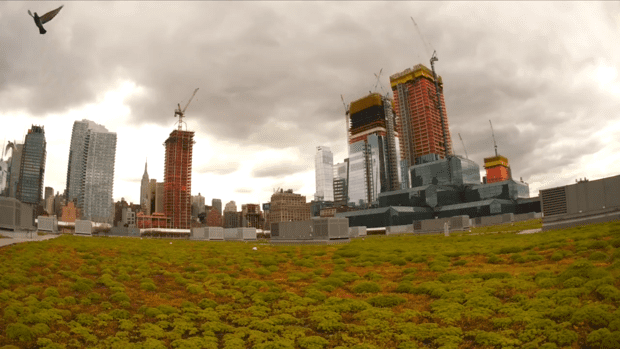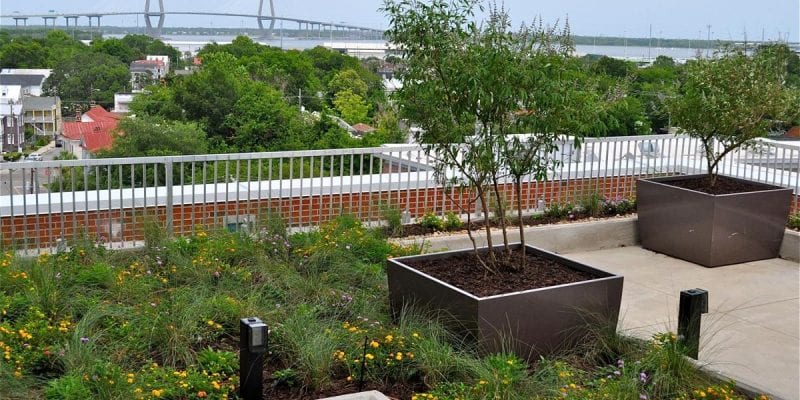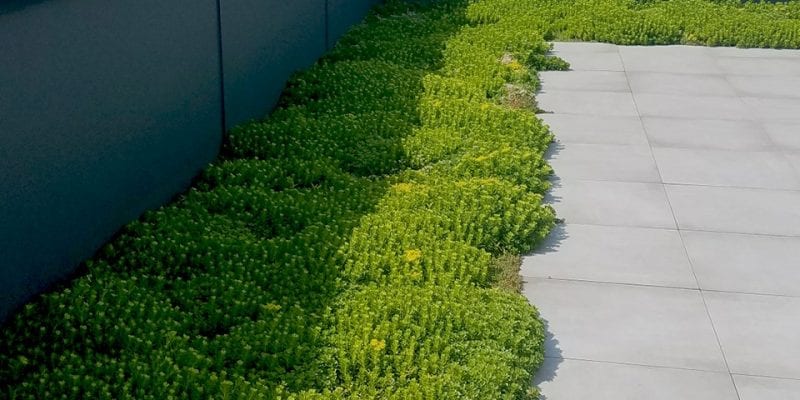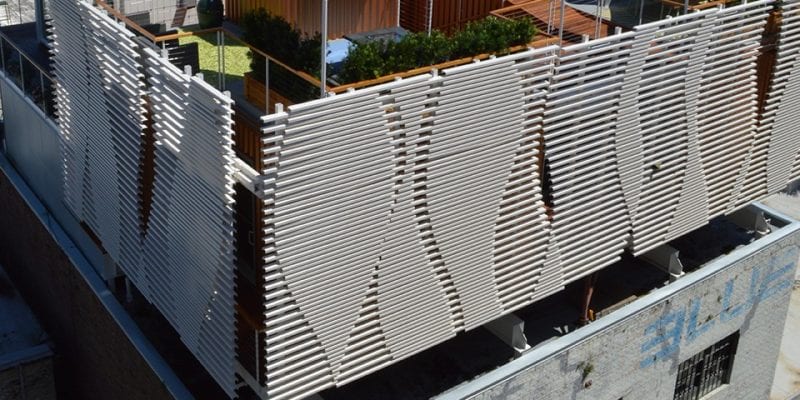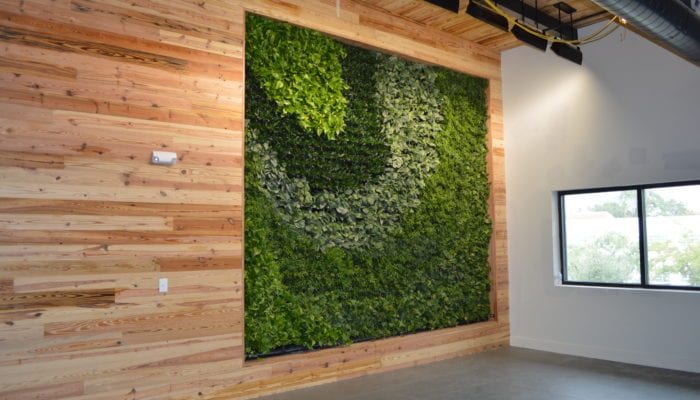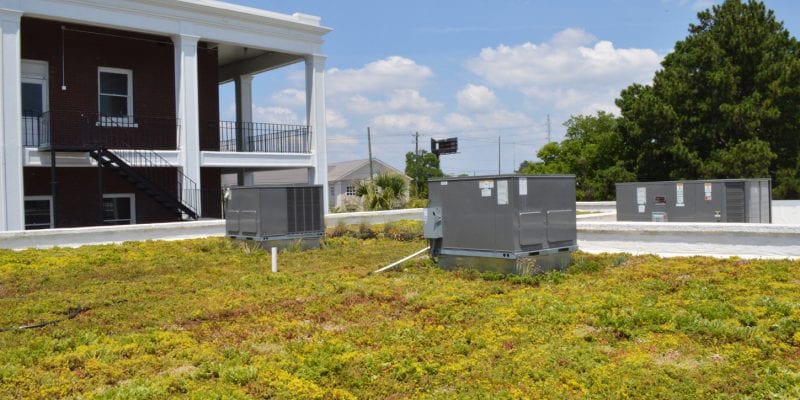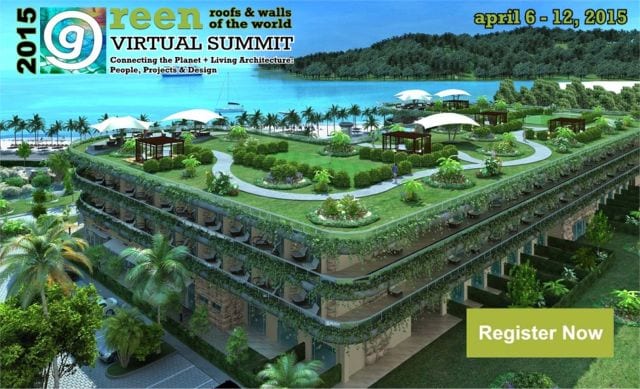Green Roofs Are Saving Birds and Hatching Bird-Watchers
CITY LAB – LUCY WANG – AUG 7, 2017
Urban development hasn’t always accommodated birds. Window collisions due to reflective glass and bright lights have hurt migrating bird populations wherever there are skyscrapers, with the American Bird Conservancy estimating that each year, up to a billion birds die via collisions in the U.S. alone.
An overnight storm this past March left 395 warblers and orioles dead outside the 23-story One Moody Plaza in Galveston, Texas. The skyscraper is among the tallest in the area, and while it’s not wrapped in bird-unfriendly, floor-to-ceiling glass, a combination of lightning, building lights, and corner windows still disoriented the migrating birds into colliding with the structure.
However, when ecology and engineering unite, city roofs can become bird-roosting and bird-watching havens. Take New York City’s Jacob K. Javits Convention Center. New York City Audubon once ranked this I. M. Pei-designed fusion of glass and steel among the top three bird-killing buildings in the area. But since its 2009 renovation by FXFOWLE Architects, retrofitted low-reflectivity glass has reduced collisions by 90 percent. The new windows feature dot patternsvisible to birds from the air, and a 6.75-acre green roof tops off the overhaul, ensuring that it not only kills fewer passing birds, but also feeds and shelters growing numbers.
“Having a building with a green roof on it, you’re creating another layer where birds can interact with grass,” says Susan Elbin, director of conservation and science at NYC Audubon. The organization collaborated with Fordham University in 2014 to study wildlife at the Javits Center, counting 11 bird species utilizing the roof, including herring gulls that had started a colony, a first occurrence in New York. The following year, researchers found 17 bird species on the roof.

